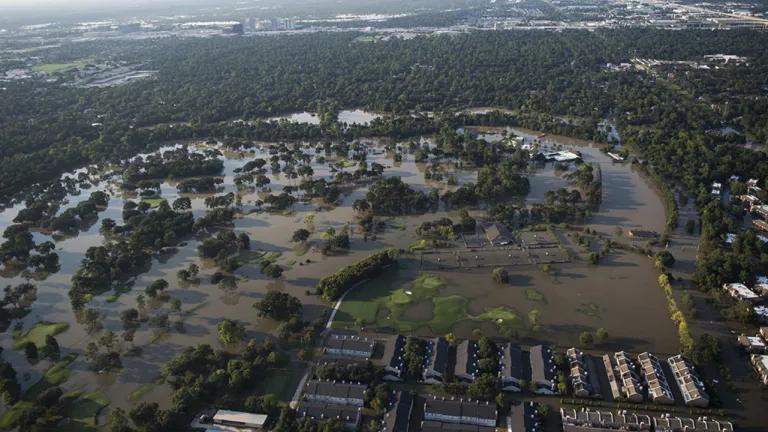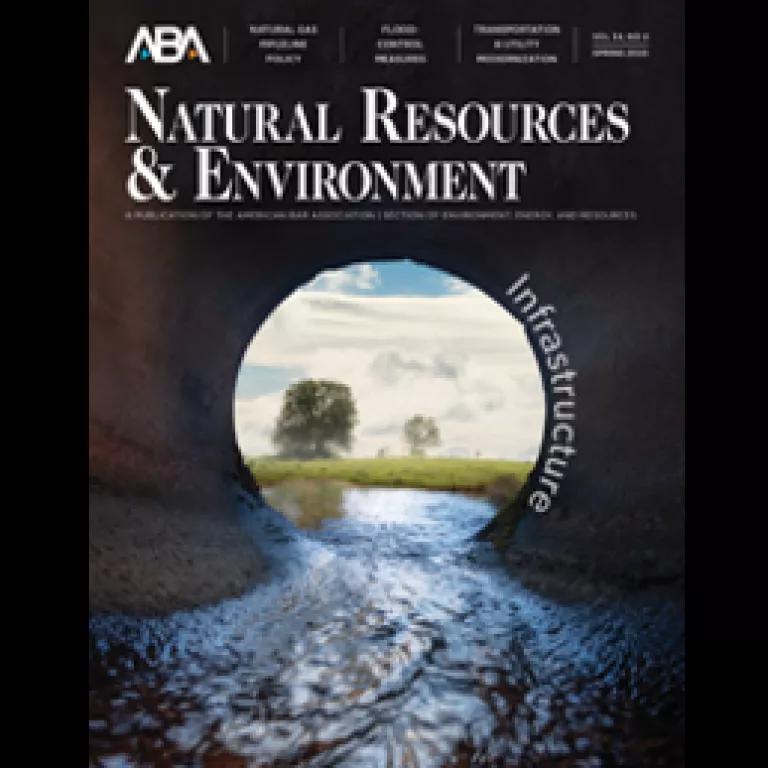ABA Article Calls for a Federal Flood Protection Standard

In A Rising Tide Lifts All Damage Costs: The Need for a Federal Flood Protection Standard, a new article in the Spring edition of the American Bar Association’s environmental law magazine, the threat to America’s public infrastructure from more frequent and severe flooding—absent a modern federal flood protection standard—is made clear.
Heavier rains, intensifying coastal storms, and rising seas—the impacts of climate change—are exacerbating flooding impacts across the United States.
However, despite these worsening impacts, the Trump administration revoked Executive Order 13,690 and the Federal Flood Risk Management Standard (FFRMS) in August 2017, leaving new federally funded infrastructure projects—the nation’s roads, schools, seaports, and wastewater treatment plants—less prepared to withstand future flood events. As a result, millions of Americans who live, work, or travel in coastal and inland areas susceptible to flooding will face growing challenges as the public infrastructure on which they rely only becomes more vulnerable.
Enacting a new flood protection standard would help better protect people and property, and could ease the federal government’s growing financial exposure by ensuring federally financed infrastructure is better prepared for and adapted to flooding exacerbated by climate change.
Read the article here.


